In service with LVA and NEIAF.
In service with LVA.
Soon the LVA showed interest in the Fokker C.X and at the end of December 1933 an initial order was placed for three aircraft, soon followed by an order for a fourth example.
These aircraft, referred to as Fokker C.XH differed compared to the C.XK in that they were built as trainers, did not have a tail wheel and also lacked a canopy, but had two separate seats with a windscreen. The first aircraft, registration 700 was equipped with flaps in the lower wing.
They were equipped with a Rolls Royce Kestrel IIS engine of 610 hp with a two-bladed wooden Weybridge propeller and two fixed 7.9 mm machine guns in the nose and a movable third one in the rear cockpit.
The aircraft were delivered early September 1935. This was many months later than planned, and was caused by all kinds of difficulties and also because the LVA came with new demands regarding cockpit layout and other equipment.
Nevertheless, the LVA ordered early 1935 a follow-up for sixteen aircraft. The official contract was just signed in March 1936. The first examples of this second series had already made their first flight. This second series was more in line with the C.XK and had a canopy, a Rolls Royce Kestrel V and a tail wheel. The armament corresponded to the first series C.XH, though the armament in the nose was reduced to a single machine gun.
The Fokkers C.X proofed, after initial problems with the engines, to be very reliable and all were still in operational service in May 1940.

[Enclosed photo from BeeldBank NIMH. Click on photo for ordering information]

[Enclosed photo from BeeldBank NIMH. Click on photo for ordering information]

[Enclosed photo from BeeldBank NIMH. Click on photo for ordering information]

[Enclosed photo from BeeldBank NIMH. Click on photo for ordering information]
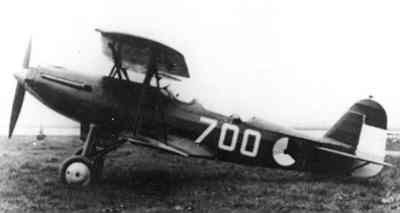
[Enclosed photo from BeeldBank NIMH. Click on photo for ordering information]
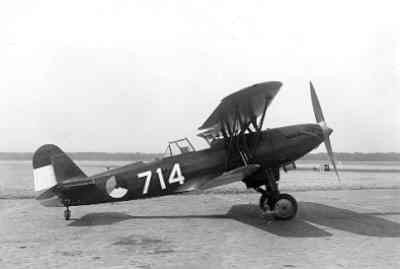
[Enclosed photo from BeeldBank NIMH. Click on photo for ordering information]
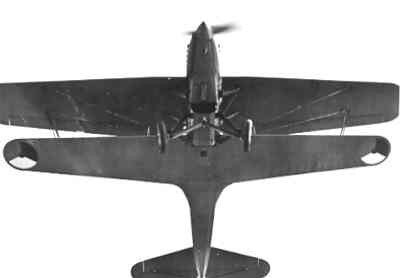
[Enclosed photo from BeeldBank NIMH. Click on photo for ordering information]

[Enclosed photo from BeeldBank NIMH. Click on photo for ordering information]

[Enclosed photo from BeeldBank NIMH. Click on photo for ordering information]
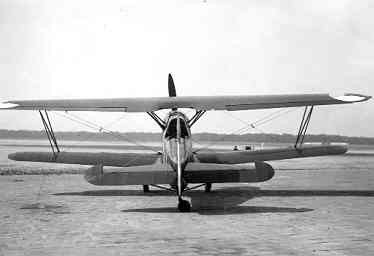
[Enclosed photo from BeeldBank NIMH. Click on photo for ordering information]
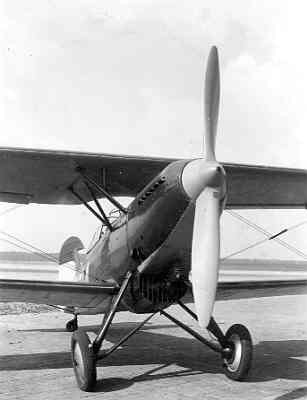
[Enclosed photo from BeeldBank NIMH. Click on photo for ordering information]
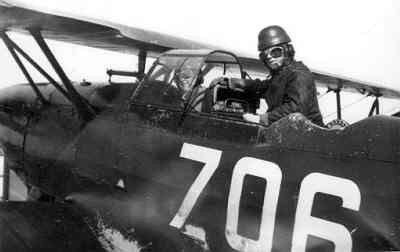
[Enclosed photo from BeeldBank NIMH. Click on photo for ordering information]

[Enclosed photo from BeeldBank NIMH. Click on photo for ordering information]
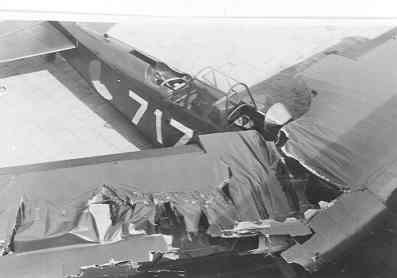
[Enclosed photo from BeeldBank NIMH. Click on photo for ordering information]
In service with NEIAF.
The first aircraft were delivered from August 1935. The first aircraft was used for some time for demonstration purposes, but crashed in September. A fifteenth aircraft was built as a replacement.
In July 1936, all fourteen Fokker were delivered.
The first Fokker CX was assembled and flown on Andir in November 1935. The type proved to be a big improvement over the old Fokker C.V. Initially, the Fokker C.X was used for reconnaissance, but after a few months the type was assigned a different role.
The ML-KNIL (NEIAF) started to form an air force with rapid bombers which had to attack a potential invasion force. In January 1937 the first Martins 139 were delivered.
The exploration task of Fokker C.X lapsed and therefore the aircraft were modified in the course of 1937 into trainers for continuing education (following the basic training on the Koolhoven FK-51 and later the Ryan STM)
Until the beginning of the war two aircraft were lost; on March 7, 1938 an unknown Fokker C.X flew against a mountain and FCx461 crashed on January 7, 1939 because of an of an engine failure. In December 1941, ten aircraft in use on Kalidjati and probably two devices Madiun for cartography. Most likely all devices are lost or burned during the bombing at the capitulation.

[Enclosed photo from BeeldBank NIMH. Click on photo for ordering information]
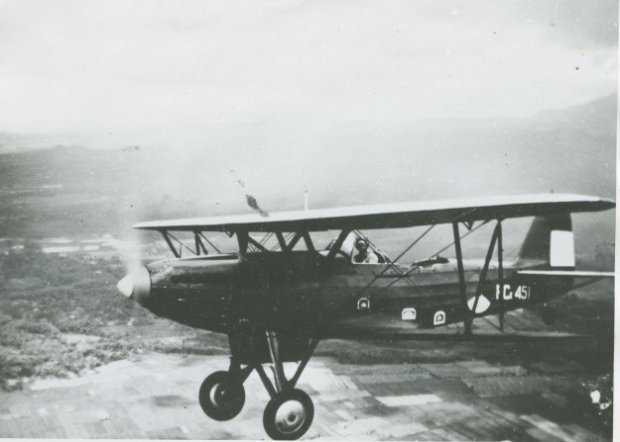
[Enclosed photo from BeeldBank NIMH. Click on photo for ordering information]
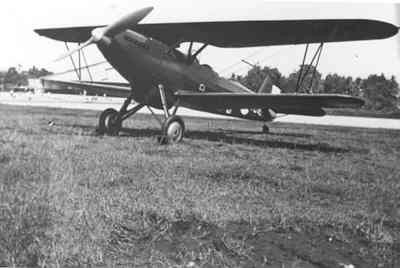

 Nederlands (nl-NL)
Nederlands (nl-NL)  English (United Kingdom)
English (United Kingdom)